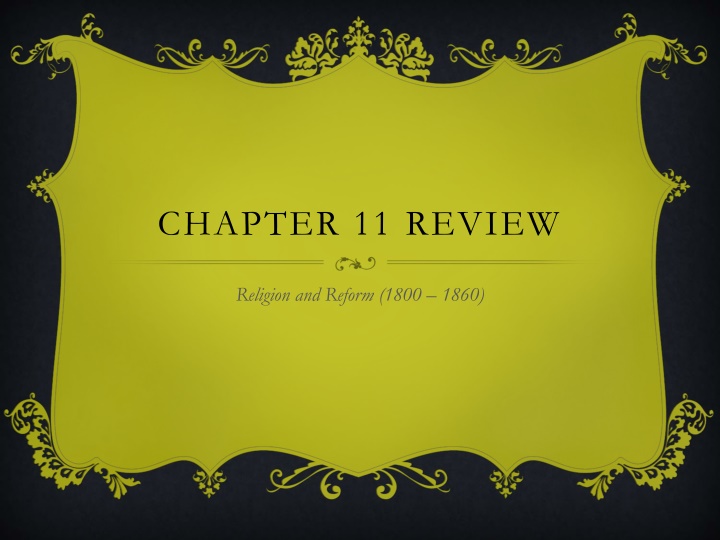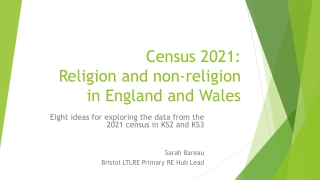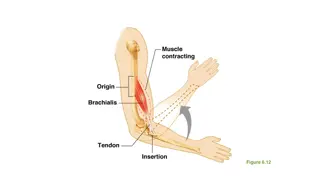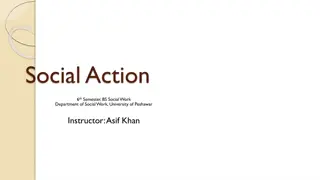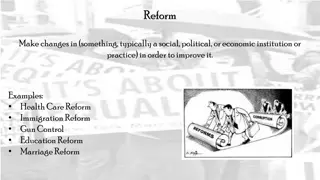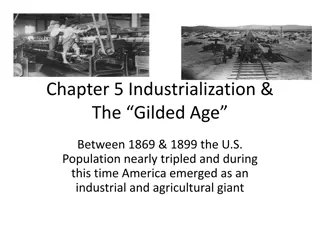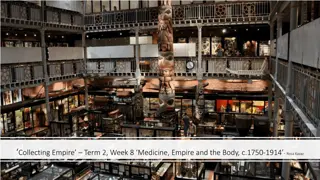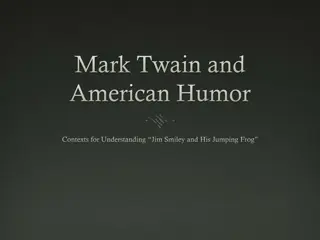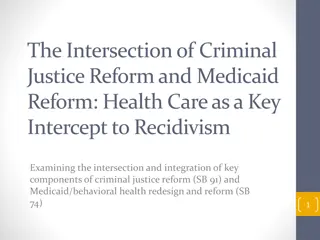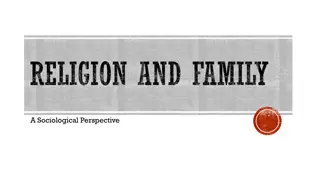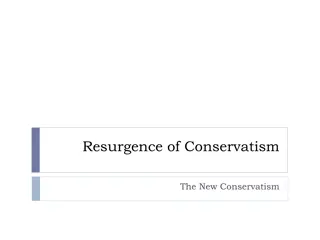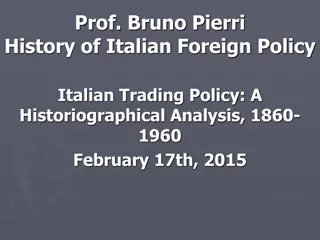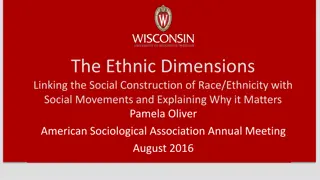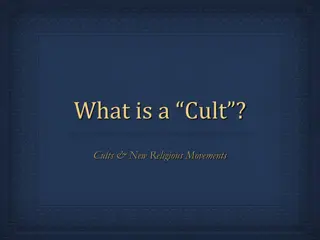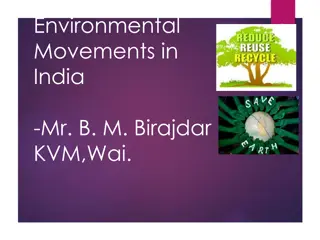Religion and Reform: 19th Century Ideologies and Movements
Explore the influence of individualism through transcendentalism, rural communalism, and urban popular culture in the 1800s. Delve into the ideologies of Ralph Waldo Emerson, Henry David Thoreau, Margaret Fuller, and Walt Whitman. Learn about utopian societies, the Mormon experience, and nativist movements. Uncover the complexities of abolitionism and black social thought during this transformative period.
Download Presentation

Please find below an Image/Link to download the presentation.
The content on the website is provided AS IS for your information and personal use only. It may not be sold, licensed, or shared on other websites without obtaining consent from the author.If you encounter any issues during the download, it is possible that the publisher has removed the file from their server.
You are allowed to download the files provided on this website for personal or commercial use, subject to the condition that they are used lawfully. All files are the property of their respective owners.
The content on the website is provided AS IS for your information and personal use only. It may not be sold, licensed, or shared on other websites without obtaining consent from the author.
E N D
Presentation Transcript
CHAPTER 11 REVIEW Religion and Reform (1800 1860)
INDIVIDUALISM: THE ETHIC OF THE MIDDLE CLASS Ralph Waldo Emerson and Transcendentalism: Transcendentalism: Every person possesses an inner light that can illuminate the highest truth and put him/her in direct touch with God Ralph Waldo Emerson: Self-Reliance
INDIVIDUALISM: THE ETHIC OF THE MIDDLE CLASS CONT. Emerson s Literary Influence: Henry David Thoreau: Walden Thoreau lived alone in nature for 2 years Civil Disobedience urged individuals to resist unjust laws Margaret Fuller: Argued for women s social independence Walt Whitman: Leaves of Grass focus on the individual
RURAL COMMUNALISM AND URBAN POPULAR CULTURE Utopias: Societies that sought to achieve perfection The Utopian Impulse: Shakers: Founded by Ann Lee Advocated celibacy, equal rights for women Oneida Free love , sought to achieve perfection Silverware production
RURAL COMMUNALISM AND URBAN POPULAR CULTURE Joseph Smith and the Mormon Experience: Mormons (Church of Jesus Christ of Latter Day Saints) Smith and his brother were murdered Brigham Young led the Mormons to Utah
RURAL COMMUNALISM AND URBAN POPULAR CULTURE Urban Popular Culture: Minstrel Shows: White actors used blackface in shows that promoted racism and stereotypes Jim Crow was a major character
RURAL COMMUNALISM AND URBAN POPULAR CULTURE Nativist Movements: Distain for immigrants Called for an end to immigration Aimed mostly at Irish (Catholics) who tended to vote Democrat
ABOLITIONISM Black Social Thought: Uplift, Race Equality, and Rebellion: David Walker: An Appeal to the Colored Citizens of the World Advocated violence to end slavery Nat Turner s Rebellion (1831): Claimed to have revelations from Jesus Rebellion in VA that killed 55 whites 60 blacks, including Turner, were killed in retaliation As with all rebellions, slave laws became more harsh
ABOLITIONISM Evangelical Abolitionism: ***William Lloyd Garrison:*** Radical abolitionist (for his time) Published The Liberator immediate and uncompensated end to slavery The American Anti-Slavery Society: Founded by Garrison and Theodore Weld Helped show the violence of slavery Underground RR: 1,000 slaves a year Harriet Tubman
ABOLITIONISM Opposition and Internal Conflict: Abolitionists were few in number Many in the North benefitted from slavery (textile manufacturers, hog farmers) Amalgamation: Many whites opposed the intermarriage of whites and blacks
ABOLITIONISM Elijah Lovejoy: Murdered in Illinois, outspoken abolitionist and editor of newspaper Gag Rule All anti-slavery petitions in the House would not be discussed; later overturned by John Q. Adams The abolitionist movement split over women s rights Garrison s American Anti-Slavery Society supported women s rights
THE WOMENS RIGHTS MOVEMENT Women played a large role in trying to reform American Society Origins of the Women s Movement: Separate Sphere expectation that women had different roles in society Dorothea Dix mental health reform Horace Mann Father of Education Tax-Supported elementary schools Schools in the South and West were inferior to the North
THE WOMENS RIGHTS MOVEMENT From Black Rights to Women s Rights: Uncle Tom s Cabin: Harriet Beecher Stowe portrayed the evils of slavery Seneca Falls Convention: Elizabeth Cady Stanton and Lucretia Mott Declaration of Sentiments All men and women are created equal
THE RECAP Transcendentalism William Lloyd Garrison Henry David Thoreau Abolitionist Movement split over women s rights Minstrel Shows Dorothea Dix Nativism Seneca Falls Convention Nat Turner s Rebellion
